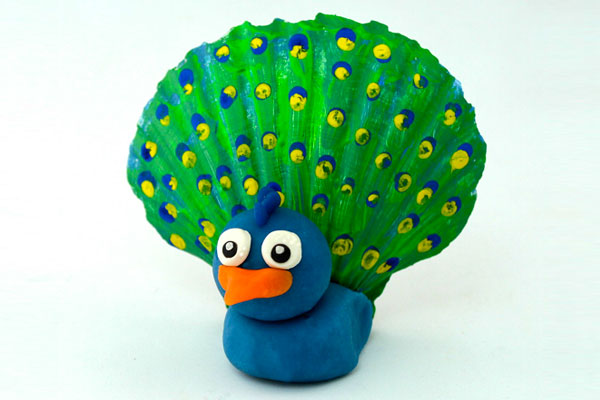

CODA 2 TUTORIAL DOWNLOAD
Simply download the file, unzip, and double click the daplugin file. So after some digging and some modifying we present a plugin for Coda 2 to automatically compile your handcrafted Sass into CSS for you whenever you save a Sass file in Coda. So I jumped right into my go to text editor, Coda from Panic, and while it did support the Sass syntax it sadly doesn’t automagically compile the Sass into CSS for you. You return to the document, where the “To Coda ” mark appears in every staff.Having just finished Dan Cederholm’s excellent Sass For Web Designers I wanted to delve right into Sass myself. You can delete it and put it in another measure-even a measure that precedes the “To Coda ” marking-and Finale still directs the playback to it correctly. Enter the Text Repeat ID number of the coda sign you placed in step 2.īecause you’ve specified that the playback should jump to the coda sign itself (instead of to a measure number), you can change your mind about the location of the coda sign in the score. Under Target, click the popup menu and choose Text Repeat ID.al Coda, in which the music up to the “To Coda” mark is played a total of two times, type 2. Click Jump on Pass(es) and enter a number in the text box to designate on which repetition of this music the playback should jump to the coda sign.This replaces the # sign with the repeat mark itself-in this case, the sign (“To Coda ”). Now select Text Repeat ID in Target from the Replace ‘#’ With popup menu. If you don't see the “To coda” marking, click Create and type “To Coda #.” Set the font and style by clicking the Set Font button. The Text Repeat Assignment dialog box appears. Double-click the “To Coda #” text repeat.Double-click the last measure to be played before jumping to the coda.

Once you’ve created a coda symbol and designed it for playback, you must now place the “To Coda” marking somewhere in the main body of music and tell it to direct the playback of your score to the measure containing the coda sign. You’ve just defined this text repeat to be a mark to which other text repeats (“To Coda,” in this example) can refer during playback.

Click Set Font, and set the font to Maestro 24 regular. If you don’t see the marking, click Create the Repeat Designer dialog box appears. If you are not placing a “working” coda sign in you piece, click OK and skip to step 5. Take note of the unique Text Repeat ID in the top left of the dialog box. Double-click the measure in which you want the coda sign to appear. To place the sign, and a “to coda” sign in the score When Finale encounters the “To Coda” marking, it will direct the playback of your score to the measure displaying the sign. With some additional steps, you can setup your coda markings to control the way Finale plays back your score. The musician’s cue to jump to the coda is often marked by a marking like “To coda ,” and the coda itself often displays a notation like “ Coda.” You can place such markings into your score very easily if you’re preparing your score for printout only (without playback). Noteman says: To automatically create a separate coda system, use the Create Coda System plug-in.Ī coda is a musical tag, or extension, which usually follows the main body of the piece.


 0 kommentar(er)
0 kommentar(er)
